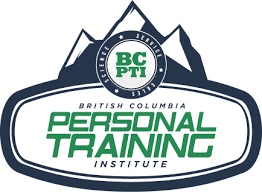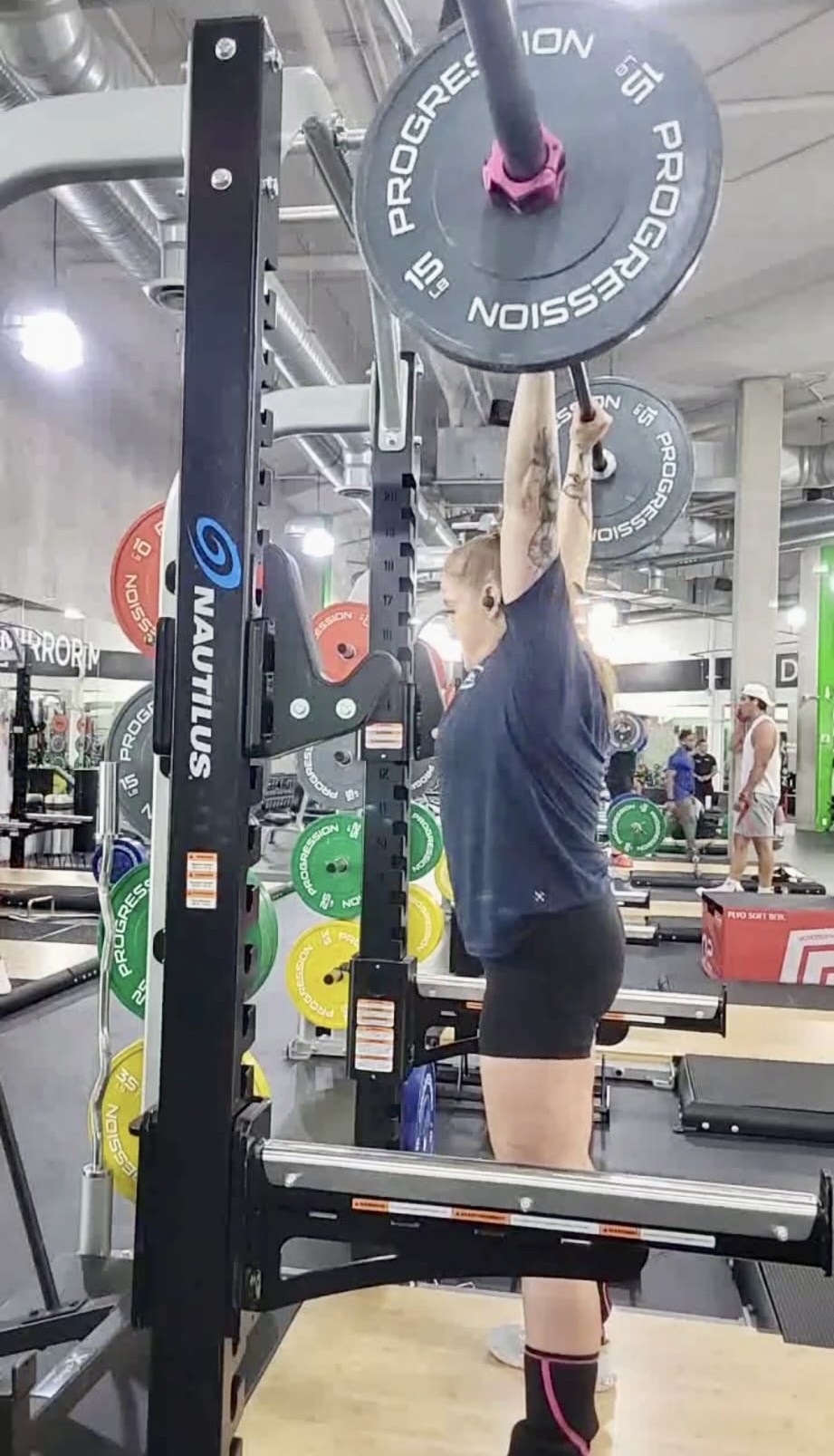Introduction:
The world of deadlifting is rife with discussions comparing Sumo and Conventional styles. Amidst the noise, a misconception often crops up, alleging that Sumo deadlifting is akin to cheating due to its perceived advantages. This notion stems from the belief that the reduced vertical bar travel in Sumo deadlifting makes it an easier option. However, the truth is far more nuanced and lies in understanding the pivotal role of leverages. In this article, we’ll delve deep into the concept of leverages and debunk the myth surrounding Sumo deadlifting, while also acknowledging its role in helping athletes build foundational strength and movement patterns.
The Significance of Leverages:
Leverages, the key determinants of our body’s proportions, play a vital role in the deadlifting debate. They encompass factors like limb lengths, torso dimensions, mobility, motor skills, and core control. It’s essential to recognize that each individual possesses unique leverages that affect their ability to perform exercises optimally. This diversity dispels the notion that there’s a universally “correct” deadlift style.


Dismantling the “Cheating” Misconception:
The allegation that Sumo deadlifting equates to cheating by reducing the bar’s vertical travel overlooks the essence of leveraging one’s body mechanics. It’s vital to understand that neither Sumo nor Conventional deadlifting possesses an inherent advantage. Instead, the choice of style should be driven by an individual’s body mechanics and goals, highlighting the personal nature of this decision.
Embracing Body Mechanics for Success:
As someone who primarily employs the Conventional deadlift style, I’ve come to appreciate the importance of leveraging leverages in coaching. Often, coaches find themselves either dogmatically pushing for Conventional deadlifts or giving up on individuals who struggle with the form. However, in cases where Conventional deadlifting might not be immediately attainable, Sumo deadlifting can offer a valuable starting point. It helps athletes groove the fundamental deadlift pattern while working within the parameters of their unique leverages.



Coaching with a Leverage-Based Approach:
In my coaching practice, I’ve witnessed the transformational impact of starting clients with Sumo deadlifting, particularly when their leverages align well with this style. This method isn’t about taking the easy way out; it’s about fostering a solid foundation for deadlifting success. As athletes develop core control, motor skills, and competency, the transition to Conventional deadlifting becomes a natural progression.
The T-Rex Analogy and Beyond:
Consider the image of a T-Rex attempting a Conventional deadlift. The anatomical disparity between its short arms and long torso underscores the importance of working with, not against, one’s leverages. This lesson isn’t limited to deadlifting; it resonates across various exercises. For instance, individuals with shorter arms might find bench pressing advantageous due to their leverages.
Final Remarks
In the Sumo vs. Conventional deadlifting debate, the crux lies in individual leverages and body mechanics. Dismissing Sumo deadlifting as cheating is an oversimplification that fails to consider the nuanced interplay between our bodies and lifting styles. By embracing leverages and tailoring deadlift approaches to unique mechanics, athletes can unlock their true lifting potential. Sumo and Conventional methods aren’t rivals; they are tools for empowering individuals to thrive according to their physiological attributes. So, the next time the “cheating” accusation surfaces, remember that it’s about optimizing your lifting journey by strategically leveraging your body’s mechanics for success and progression.
Want to learn more about personal training and integrating this nuanced knowledge? Reach out to us below to get you started on your career as a personal trainer.







Leave A Comment